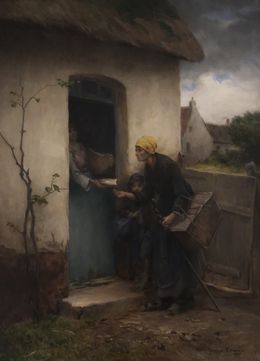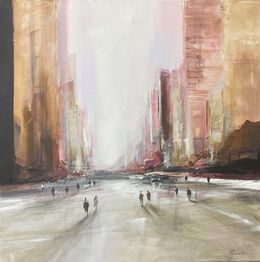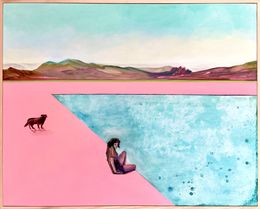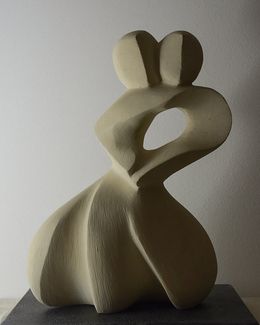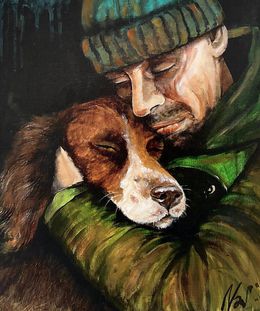
Meet Mès Lesne
French dancer and choreographer
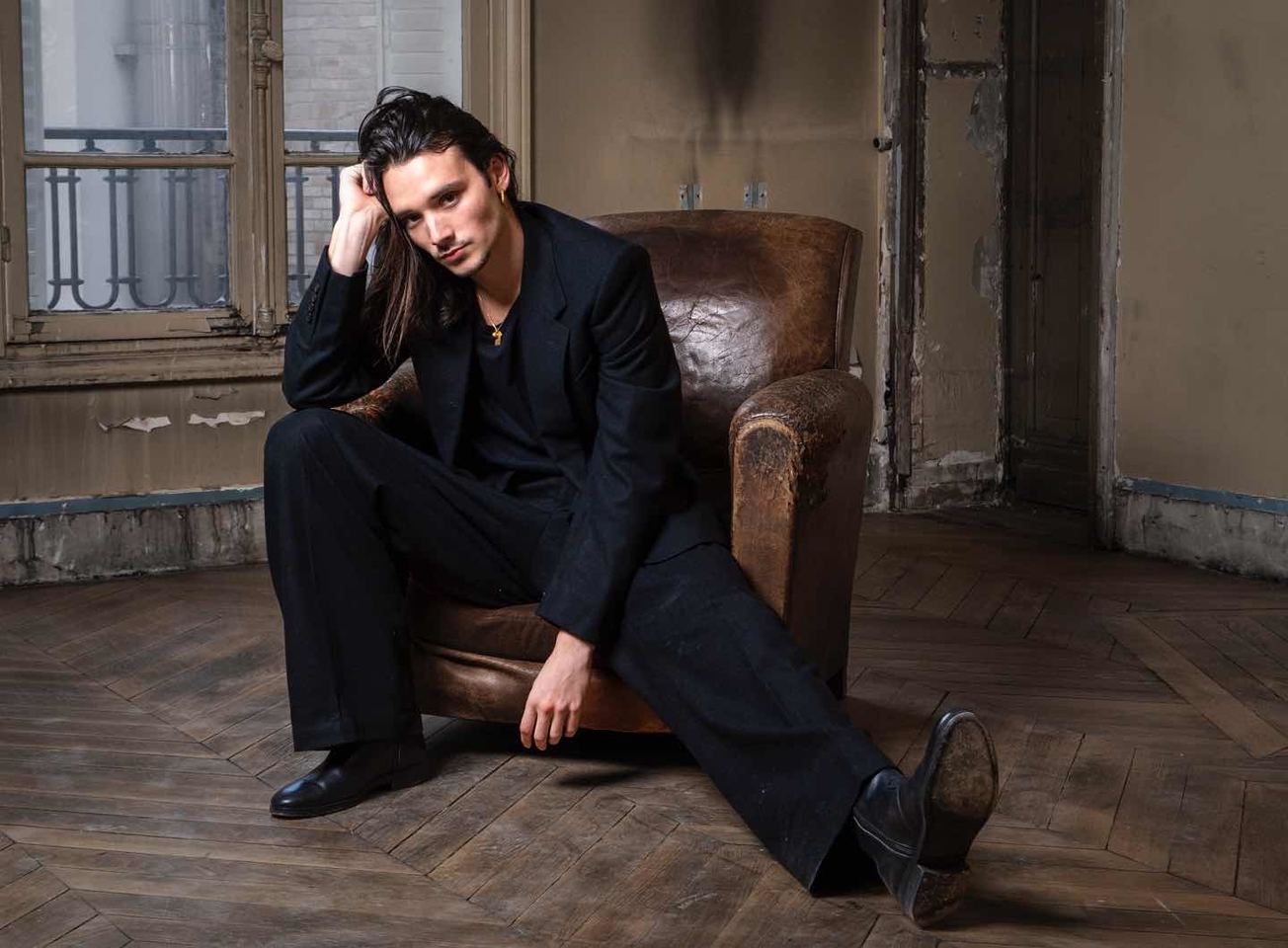
A portrait of Mès Lesne
French dancer and choreographer, Mès Lesne surprises and fascinates us with his singular gestures and his well-crafted style. Today, Artsper takes you behind the scenes of his rehearsals for an interview!
1. Hi Mès! Can you tell us about your background and your beginnings in dance?
I started dancing when I was 10-11 years old by simply watching movies. I tried to reproduce choreographies and movements in front of my TV. Around the age of 13-14, I met the choreographer Michel Onomo who took me under his wing and trained me in several styles of dance. He had a company and I trained a lot with them, until one day, at the age of 17, he finally gave me the opportunity to join his company. I was the youngest of all, which was very exciting for me. We toured Europe and I learned a lot from him. Michel Onomo is really an important person to me. He taught me everything I needed to learn, even beyond dance: the state of mind, certain visions to develop in my art... but also about important life subjects.
2. How would you describe your dance style? What are your biggest influences?
Honestly, I don't really have words to define my dance style. It's always a bit complicated because I have many different influences and inspirations. I love and am inspired by many different styles and things in life and everyday life. I try to learn and be inspired by everything to integrate it into my movement and continue to create a personal artistic touch, but there is one word I really like to use to define my movements: the word "strange". I like the dance to be strange, unspeakable, a visualization of the shapes of the movements of the body, the arms, the fingers... Movements that are very strong in intensity, without really defining and being able to say "this dancer has a contemporary style, hip-hop or jazz...". I like that people can question my nature and my dance. I don't really like putting a style and a precise term on it, I just like to dance and embody what I feel or what I live.
On the other hand, I can also play with something very light and different, and build a construction of very fluid movements while in continuity... I like to mix the opposite concepts of force and softness a lot, especially in choreography.
My biggest influence is Pina Bausch. The day I discovered her pieces and her dance, it was like lightning struck; there was a real click in my body language. Then, there are all the flamenco pieces that have inspired me so much, that provoke so many emotions in me, and that have had a real impact in my dance, in my ambivalent attitude and in the way I play with my hands. Dancing with my fingers has become a signature that I often reproduce in my gestures.
Every year I have a lot of new things that influence me. I like to discover new artistic movements. I am someone who loves and seeks novelty, I like to be tormented and to be taken out of my comfort zone. I like to meet new people and be surprised. Not long ago, I went to see a mime play. He only spoke with his hands. It was just amazing because his movements looked like dance, and it inspired me a lot in the quality of the gestures, but also the smoothness and cleanliness of the movement. I think right now I can't choose one word to describe my style, but maybe in the coming years and with experience I'll find it.
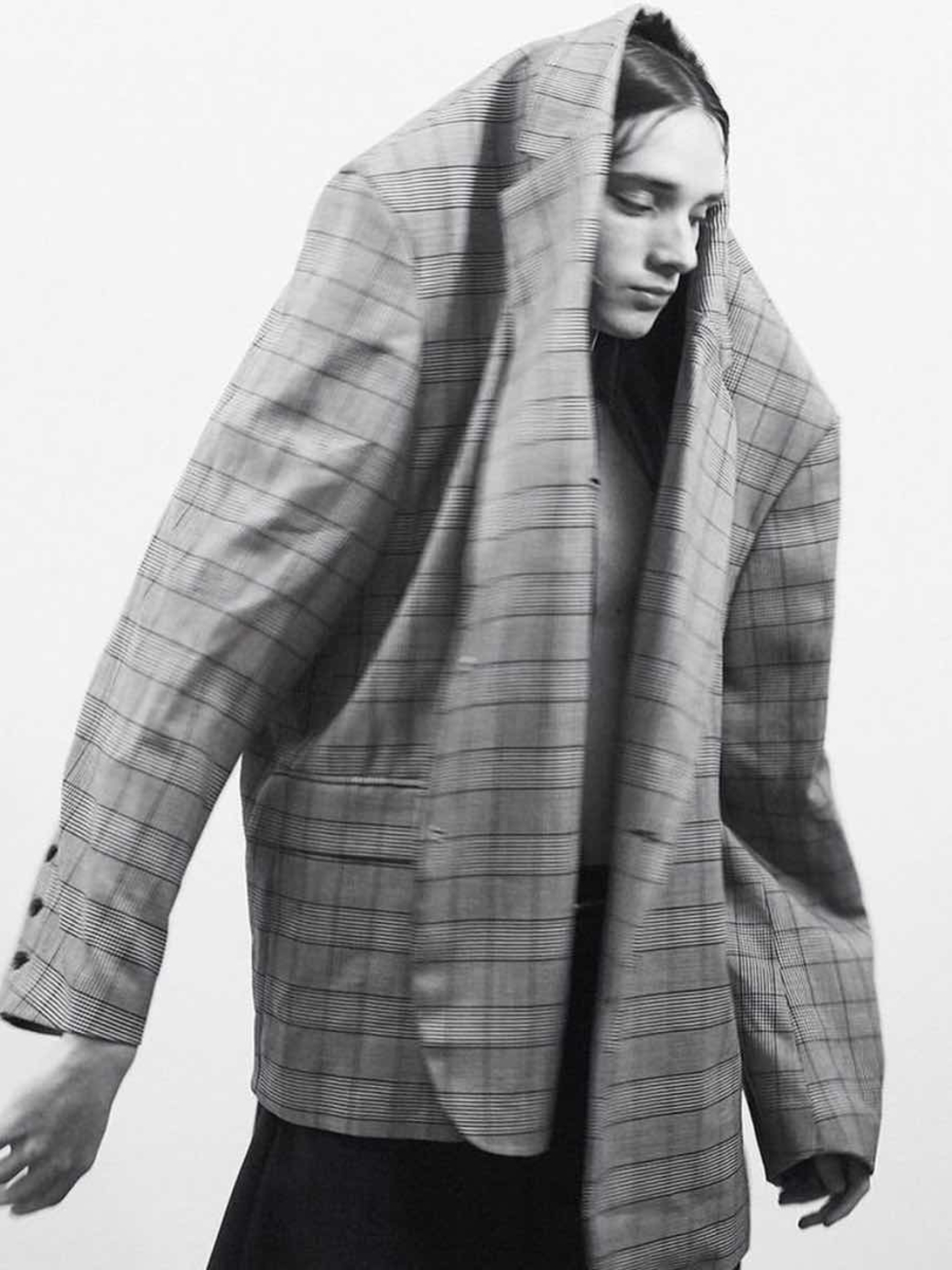
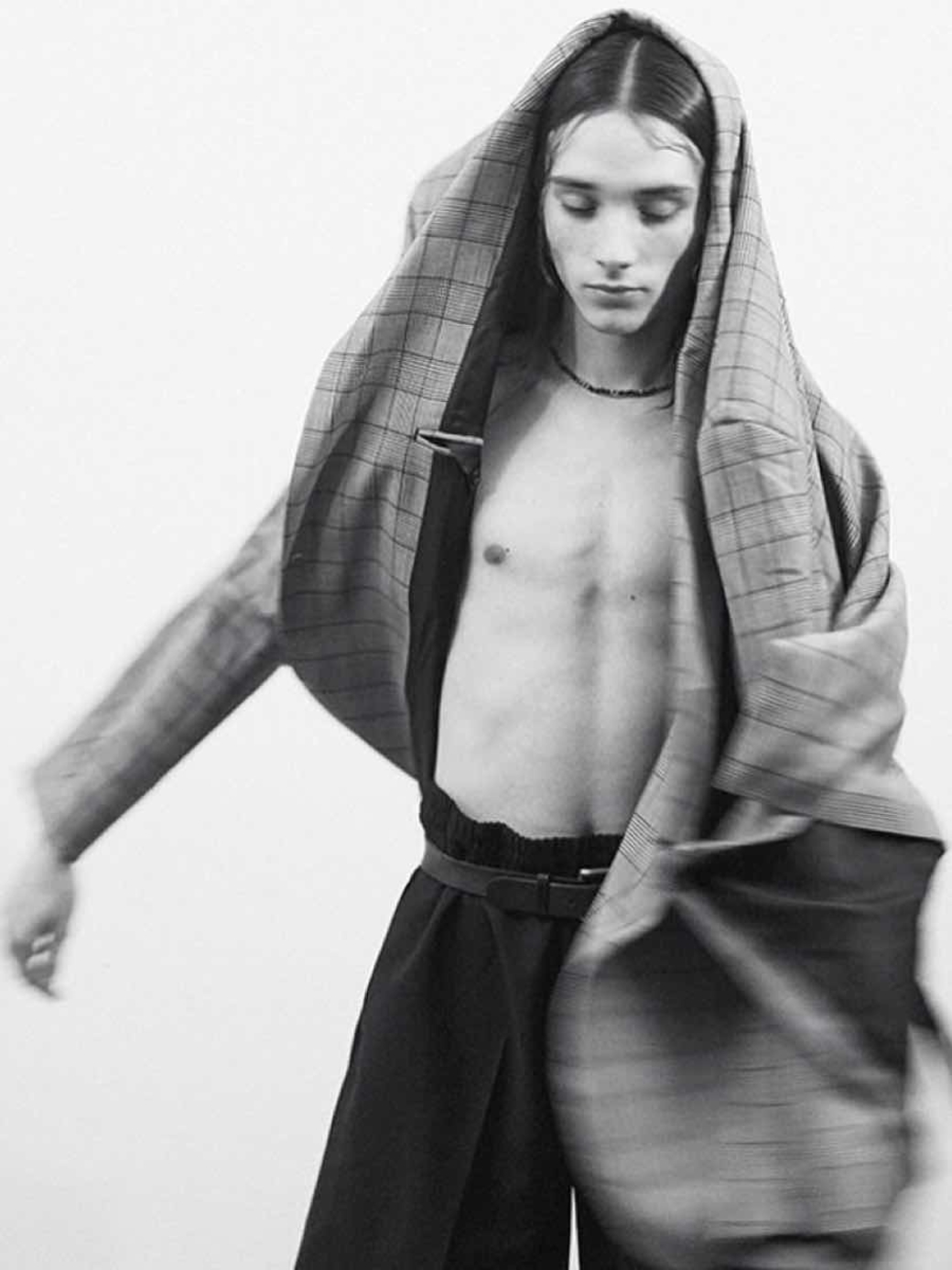
Portraits of Mès Lesne
3. What is your creative process? Do you work in the moment, or do you prepare ideas before you start choreographing?
I always imagine the movements in my head. I project the choreography in my mind to feel it. I really like to walk around, put on my headphones and think about what I want to show... As soon as I have something that appears, I write it down. But walking with a free mind is a real creative process for me. Most of my ideas come to me while I'm walking down the street, that's when I feel the most in my bubble, isolated by the music.
I write down loops of movements and the theme I want to work on, but nothing is ever really choreographed until I'm in rehearsal. I need to see the dancers in front of me to be able to really create. Even if I already visualize it before the rehearsal, I need to feel and palpate the emotion of the bodies in movement and to experience them in space. In fact, I would say that space and mass are the two things I love most about dance. I love to see a group of dancers in a horn, forming one big mass of many regular bodies. I like to see dozens of dancers playing in the space repeating movements, that it provides an inertia without stopping until it forms a very strong intensity.
4. What is your perfect playlist for a dance session?
The perfect playlist for a dance session is different for each session, because it depends a lot on what you want to work on and the direction of the rehearsal... But I'd say that an interesting playlist for the creative process would be composed of James Blake, Nils Frahm or Hélène Vogelsinger. These three artists have no temporality and that I can put them on to forget time...
5. You have developed a personal language in your discipline, an energy that belongs only to you. Is there an artist with a unique style that you identify with?
The artist with a unique style that I identify with the most is Pina Bausch, but also one of her dancers, Dominique Mercy, who is just incredible!


Portraits of Mès Lesne, on the left © Charlotte Navio, on the right © Léo d'Oriano
6. The worlds of fashion, dance, and visual arts have never been so interconnected. What do you find common to these disciplines?
The common thread between all these disciplines is, simply put, movement. Playing with your art in motion is the best thing to connect with. Whether it is through clothing, through dance or through a painting, movement is always dominant and makes the art of each discipline more interesting.
7. How do you select your projects in the face of a large number of requests?
I always try to select projects by asking myself two questions:
Is the image and meaning of this project interesting for my art and vision? Will I learn anything through this project?
Every project and every experience must be enriching. I need to come out of a project with new knowledge, whether it's in my dance, my way of thinking or in human experience. Meeting new and interesting people who introduce you to other sides of life or who draw you into their vision that is still unknown to you... So many new branches of the profession to connect with and to broaden your scope, which helps you to consider new things.
8. Finally, can you tell us about a recent project that is particularly close to your heart?
The latest project that is close to my heart and has taken a long time to come together is the film "COR", released last January. It is a film that I imagined and choreographed with the help of the directors Simonagun. This film shows seven dancers in search of freedom on the island of Lanzarote. They are looking for a less suffocating and segmenting space.
This project was close to my heart after the Covid period, I needed to process all the time spent daydreaming during the lockdown. I was in a hurry to get the ball rolling! It was frustrating to visualize the project, to have all these scenes in my head and to have to wait for life to start again to launch this film. But, thanks to La Belle Façon (a video production company), we were able to make it happen. In hindsight, it was very important to take the time to do things right. We are very happy with the result and it remains an incredible human adventure. Now, for whatever it is, if it has to last 1 year, 2 years or even more, it will take as long as it takes, but I know that it is in the service of the result. Each step is a victory.
Selección de obras de arte
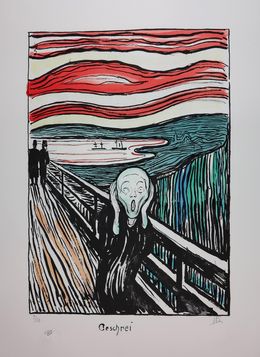
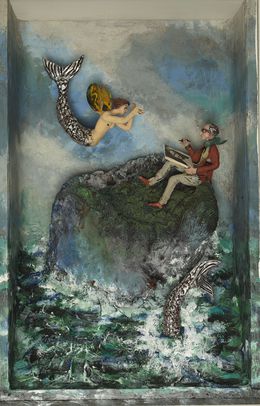
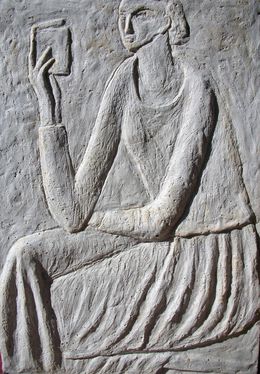
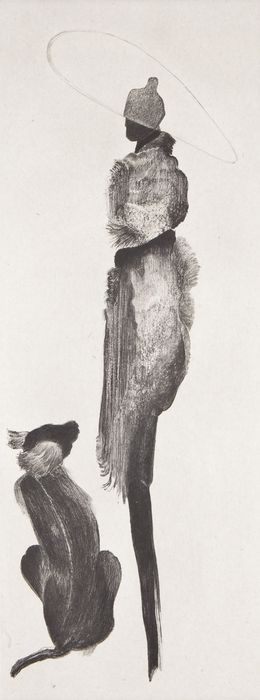

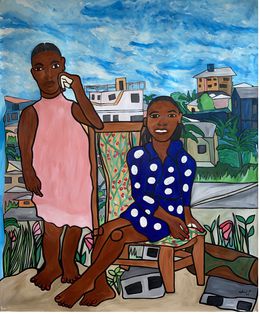
Enfant Précoce / Francis Essoua Kalu
Pintura - 175 x 150 x 3 cm Pintura - 68.9 x 59.1 x 1.2 inch
12.500 €
